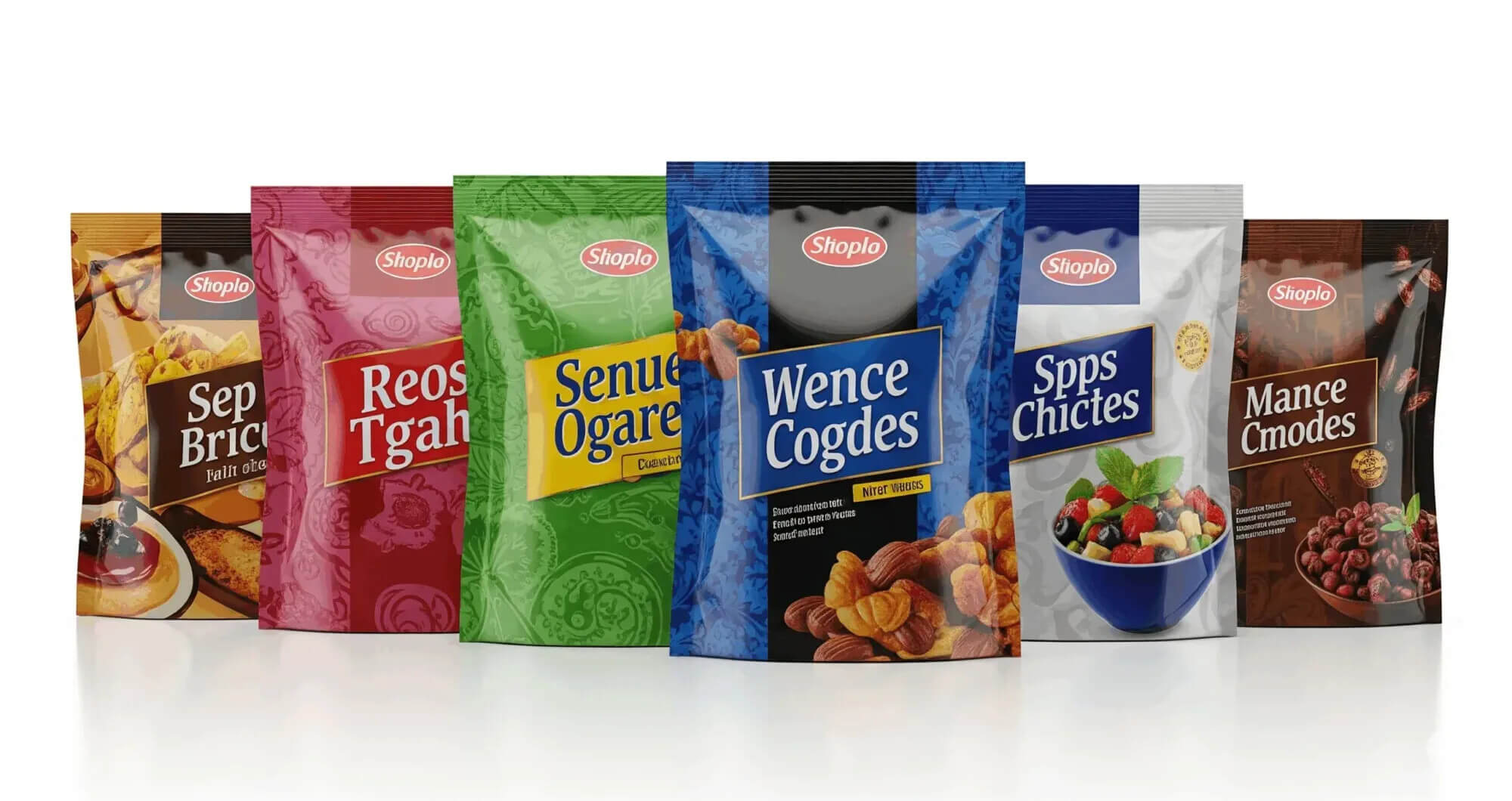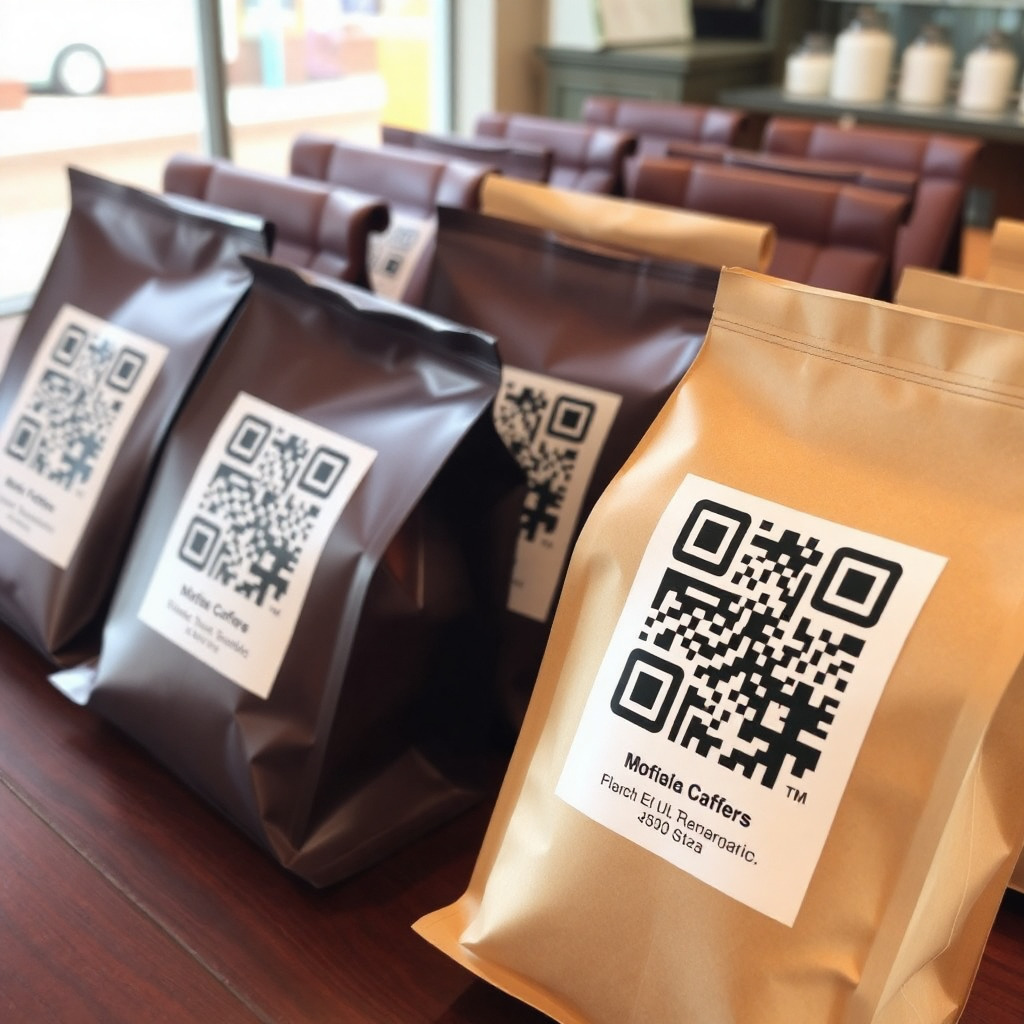Reached $381 billion by 2034 in the flexible packaging market
2025-06-17
According to recent market forecasts, the global market for converted flexible packaging is expected to develop significantly, rising from USD 270.83 billion in 2025 to USD 406.14 billion by 2032. This indicates a Compound Annual Growth Rate (CAGR) of 5.96%, propelled by the development of smart and AI-powered technology as well as the growing need for sustainable, lightweight packaging.
The market is expected to be worth USD 270.83 billion in 2025, with Asia Pacific accounting for the majority of global sales. Plastic continued to be the most widely used packaging material, with the highest proportion going to food and beverage applications.
Important growth drivers
The following major trends are driving the industry's growth:
Innovations in packaging materials that improve product safety and prolong shelf life.
Increased consumption of prepared and processed foods is a result of changing lifestyles and growing urbanization.
Increased use of printed electronics, RFID, and QR codes in smart packaging to enhance user experience and track in real time.
Increased focus on sustainable packaging food materials, like recyclable paper-based packaging and biodegradable films.
Additionally, in order to lower transportation costs and carbon footprints, manufacturers are placing a greater emphasis on lightweight, affordable packaging.
Industry transformation due to AI integration
Packaging operations are being quickly transformed by artificial intelligence. These days, machine learning is utilized to improve operational efficiency, minimize waste, and track and optimize material consumption. AI-powered predictive maintenance is also increasing efficiency in packaging operations by reducing equipment downtime.
AI is propelling smart packaging innovation by allowing traceability and security features that are essential for industries like food safety and pharmaceuticals.
Insights into market segmentation
In 2024, plastic was the most popular material because of its affordability, strength-to-weight ratio, and adaptability.
By material:
In 2024, plastic was the most popular material because of its affordability, strength-to-weight ratio, and adaptability.
Paper-based packaging is expected to expand significantly due to anti-plastic movements and environmental restrictions.
By application:
Due to factors including urbanization, population growth, and disposable money, the food and beverage sector had the most market share.
The need for packaging that is tamper-proof, child-resistant, and consistent with regulations is predicted to drive significant expansion in the pharmaceutical industry.
Perspective for the region
Asia Pacific:
Supported by robust manufacturing capacity and demand across important industries, the region led the market in 2024. Sustainbale packaging food materials are becoming more popular due to regulatory pressure.
North America:
Driven by robust demand in the food and healthcare industries as well as growing e-commerce penetration, this region is predicted to develop at the quickest CAGR.
The U.S. Department of Commerce reports that in the first quarter of 2025, 16.2% of all retail sales came from e-commerce, underscoring the growing demand for flexible packaging in shipping and direct-to-consumer logistics.
Current advances in the industry
Toppan, Tohcello, and Mitsui Chemicals started pilot testing the horizontal recycling of BOPP film into new flexible packaging in August 2023. The project seeks to lessen its impact on the environment and develop a scalable methodology for the manufacturing of circular packaging.
In response to growing customer demand for sustainable packaging solutions, Pakka introduced a new range of flexible, biodegradable packaging for the food and beverage industry in September 2024.
In conclusion
The market for converted flexible packaging is about to enter a revolutionary period because to rising environmental consciousness, legal requirements, and technological advancements. The industry is anticipated to be crucial in determining the direction of sustainability and worldwide consumer goods distribution as businesses move toward eco-friendly and technologically advanced packaging.







